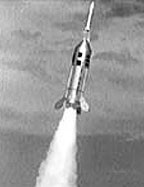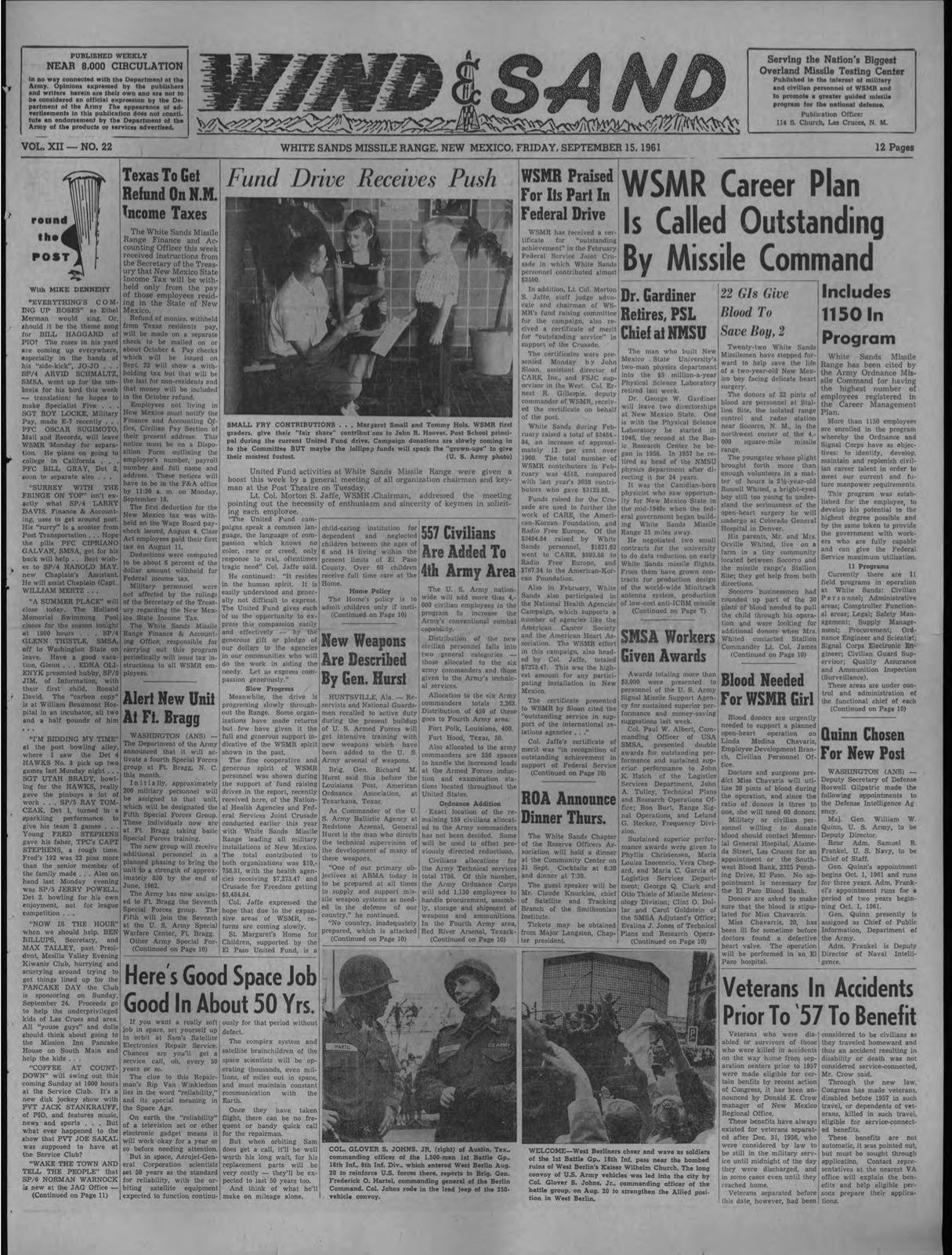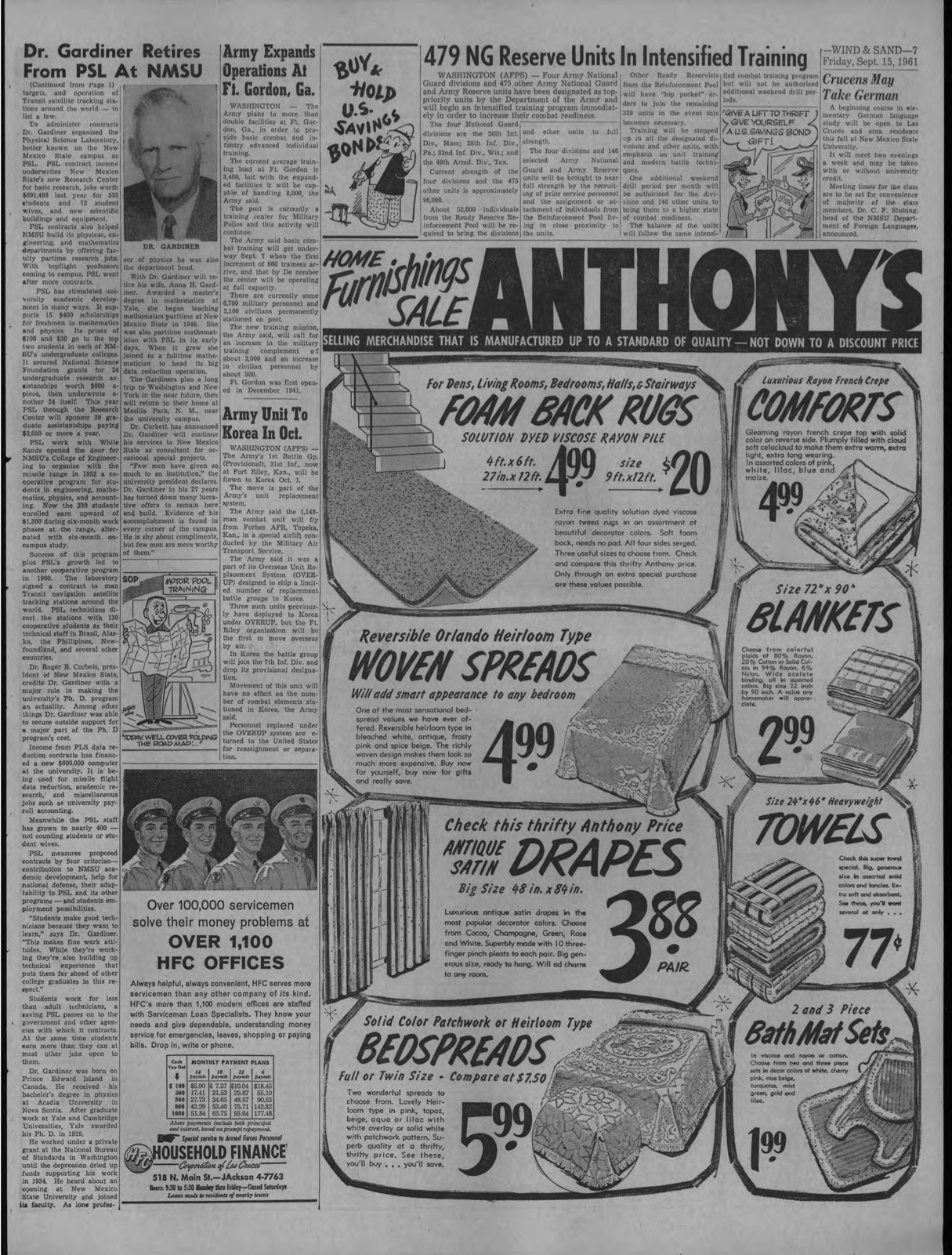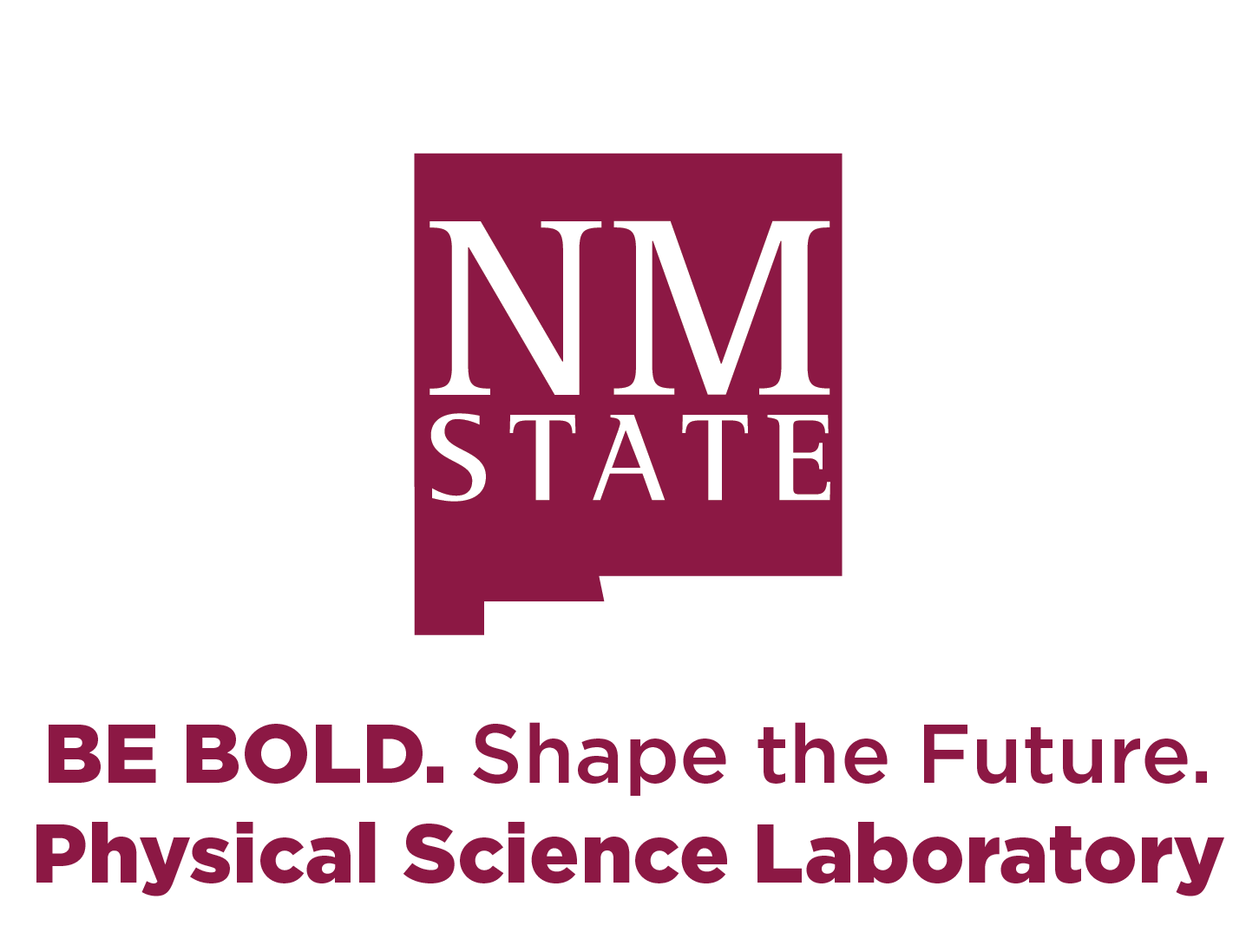History of PSL
PSL entered into its first contract with the Army Ballistics Research Laboratory on May 15, 1946. A group of students working for Anna Gardiner was hastily assembled to process, reduce, and plot film taken during the very first series of V-2 flights at the White Sands Proving Ground (WSPG). Later that year, PSL students began reduction of V-2 telemetry records in the basement of Kent Hall.
PSL staff at WSPG began maintaining, testing, and flying V-2 telemetry systems under a contract with the Navy Research Laboratory. PSL maintained and staffed telemetry stations in the blockhouse and in mobile vans six miles north of the launch site until 1947, when a telemetry house (Parker Station) was built north of the launch site. PSL operated a ground station there until Parker Station was closed in the mid-1990s.
PSL's rocket support expanded to include the Aerobee in 1947. Data from Aerobee launches were reduced by the Ballistic and Telemetry Data Reduction groups. Viking rocket support began in the late 1940s and continued into the mid-1950s. Much of this ground and flight missile support required the development, test, and use of a variety of antennas. To fulfill this need, PSL created an Antenna Section and an Antenna Test Facility in the early 1950s.

PSL provided telemetry and flight test support for a variety of military missiles in the 1950s, which sometimes required production of targets. This resulted in the inception of the Rocket Section in 1953. In 1958, the Satellite Tracking Section (SGI) was formed to track some of the first satellites launched by the U.S. A large number of co-op students were hired to support the world-wide network of satellite tracking stations that were required for this program.
The early 1970s was a time of slowdown for both PSL and the United States as a whole, particularly in the areas of aerospace and defense. The Rocket Section was closed, but other robust contracts sustained PSL through this difficult period. Fortunately, a recovery occurred at the end of that decade.
In the time period between 1970 and the present, PSL's multiple changes included a reduction and eventual demise of the data analysis groups, a gradual decrease in rocket work, and the advent of the Air Force and NASA balloon contracts. In the early 1970s, Ivan Carbine was involved in an effort to bring the Space Shuttle takeoff and landing site to New Mexico. Although this effort failed, the concept was reinitiated in 1990 with Spaceport New Mexico, which resulted in the advent of Reusable Launch Vehicles and the testing of Delta Clipper Experimental (DCX) at WSMR.

By the mid-1970s, PSL had shifted from work strictly involving sounding rockets into satellite fabrication and Space Shuttle support. Satellite flight instrumentation was developed early in the 1970s for two NRL satellites, SOLRAD 10 and 11. Support of the High Energy Astronomy Observatory (HEAO) satellite subsystems began in the 1970s, and Shuttle Get-Away-Special (GAS) and SPARTAN programs in the 1980s.
PSL continued its support of the NASA sounding rocket and Navy missile programs and developed and expanded its Army Electronic Warfare program support, which began with the Army's Missile Electronic Warfare Test Agency. Antenna development and testing continued in support of both the sounding rocket and satellite programs. Telemetry efforts for both large and small systems were initiated and completed during this period. The SGI group continued to function through the mid-1990s, at which time PSL's portion of the tracking system was shut down.
As it enters the 21st century, PSL continues working in traditional programs maintained from its inception, as well as exploring completely new areas of growth.




